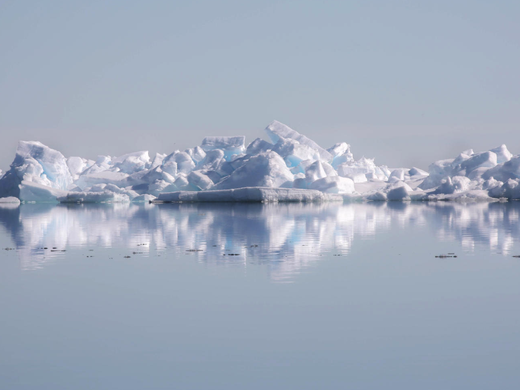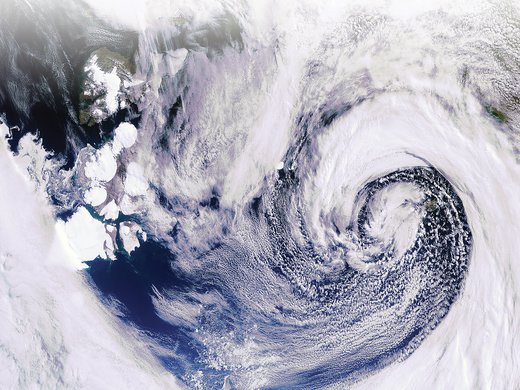The shrinking Arctic ice cap is creating unprecedented geophysical change in the circumpolar region, a trend that is very likely to continue. Together, this “great melt” and the delineation of extended national economic zones afford increased access to economic resources in the Arctic Ocean. Intense activities in commercial, investment, diplomatic, legal, scientific and academic sectors abound in the new Arctic, but the region’s long-term significance is only gradually penetrating North American public consciousness. Media reports such as the recent, virtually ice-free trans-polar transit of a Chinese icebreaker through the Russian Northern Sea Route, or the transit of the Northwest Passage by a large cruise ship, are only the tip of the proverbial economic iceberg.
In this policy brief, drawn in large part from discussions at the Arctic Marine Corridors and Resource Development Round Table, the authors argue that in preparing for the commercialization of the Arctic Ocean, Canada and the United States, as major nations bordering the Arctic, face enormous opportunities in protecting economic and environmental interests; however, a number of challenges impede the fulfillment of this vision.


